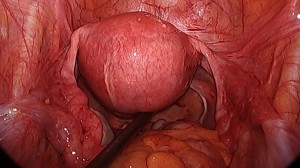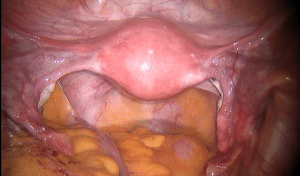Learn about Robotic Hysterectomy Surgery and Adhesions
One of the great benefits of minimally invasive surgery, such as robotic hysterectomy, is less scarring. Research has suggested that minimally invasive surgery causes less scarring both internally and externally compared to open surgery. I recently re-operated on a patient of mine who had a robotic myomectomy a few years ago. A myomectomy is a procedure to remove fibroids without removing the whole uterus. This allowed her to get pregnant and realize her dream of having a family. Unfortunately, her fibroids returned and she was now ready for a robotic hysterectomy. I was anxious to see how much scar tissue she had from the myomectomy, an operation notorious for creating a lot of adhesions, another term for internal scarring. For many good reasons, I don’t usually re-operate on the same patient, so this was a rare opportunity to see how my own work turned out.
I was able to do her operation through the same keyhole incisions she had the last time, and I was thrilled when I first put the camera in her belly button. NO ADHESIONS (see picture below)! Not a one. Everything was pristine, like I had never been there. I have always been impressed with how much better robotic surgery is compared to other surgical techniques: better visualization, more dexterity, better ergonomics, less pain. But I didn’t expect to see this result years later. Yet another advantage to robotic surgery.



